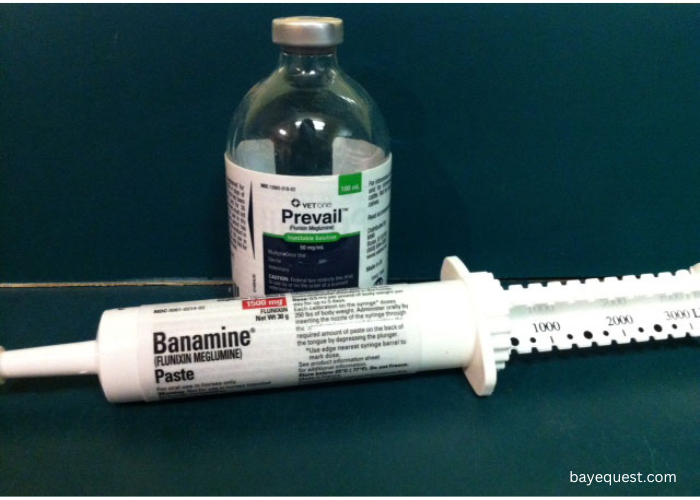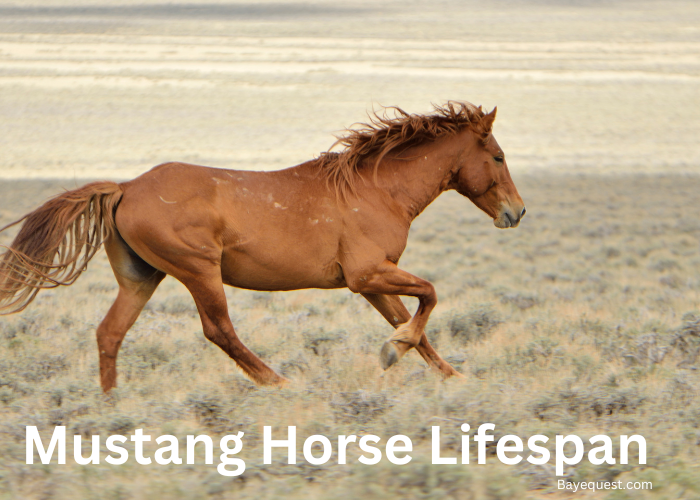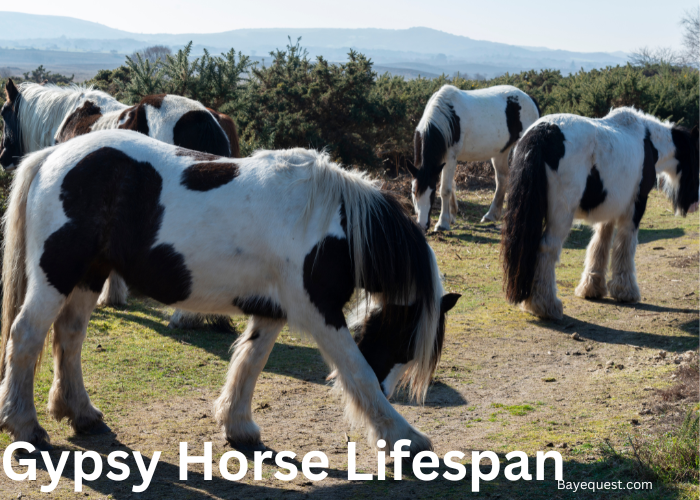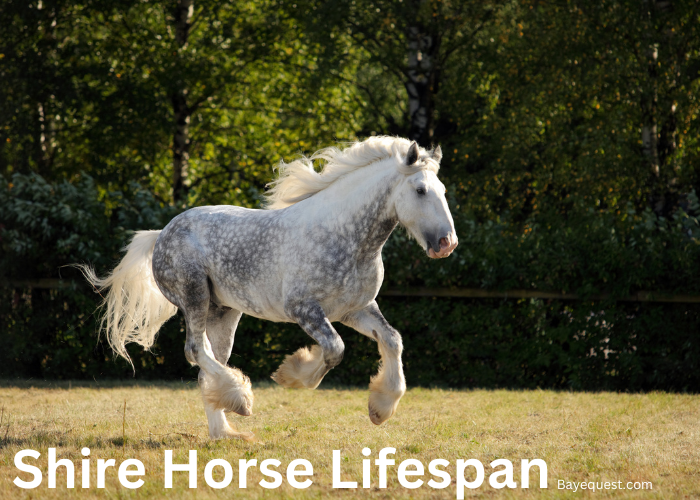Banamine is a trusted pain reliever for horses. It helps with colic, inflammation, and fever, providing quick relief. But how long does it actually last?
Timing matters when treating your horse. Knowing how long Banamine stays effective helps you give the right care at the right time.
Several factors can affect its duration, from dosage to your horse’s health.
In this blog, we’ll break down how long Banamine works and what influences its effects. Whether you’re using it for pain or fever, understanding its timing is essential.
Let’s get into the details.
How Long Does Banamine Last in Horses? Key Takeaway
Banamine starts working in horses within 15 to 30 minutes when given intravenously. The effects last for about 12 hours, providing relief from pain, fever, and inflammation. For colic or musculoskeletal pain, the recommended dose is 0.5 mg per pound of body weight, once or twice daily, under veterinarian guidance.
What is Banamine?
Banamine is a brand name for flunixin meglumine. It is a nonsteroidal anti-inflammatory drug (NSAID). Banamine is commonly used in horses to treat pain, inflammation, and fever.
It works by blocking enzymes called cyclooxygenases (COX). These enzymes produce prostaglandins, which are chemicals that cause pain and inflammation.
By reducing prostaglandin production, Banamine helps decrease pain and inflammation. It’s often used to manage colic and musculoskeletal disorders in horses.
Banamine can be administered intravenously or orally. Its effects usually start within 15 to 30 minutes.
The duration of its action lasts about 12 hours, making it effective for short-term relief.
Why is Banamine Used in Horses?
Banamine is used in horses because it effectively manages pain, inflammation, and fever.
Horses often experience conditions like colic or musculoskeletal injuries that cause significant discomfort.
Banamine works quickly to relieve these symptoms, helping horses feel better and recover faster.
In cases of colic, where pain can escalate rapidly, Banamine provides fast-acting relief, giving the horse and owner crucial time before further treatment.
It’s also commonly used for reducing fever, especially when infection is involved. The quick action and broad benefits make Banamine an essential tool in horse care.
How Does Banamine Work in Horses?
Banamine works in horses by inhibiting enzymes called cyclooxygenases, or COX enzymes. There are two main types of COX enzymes: COX-1 and COX-2.
COX-1 helps protect the stomach lining and maintain kidney function. COX-2 is involved in producing inflammation and pain in the body.
Banamine blocks both COX-1 and COX-2 enzymes, reducing the production of chemicals called prostaglandins. Prostaglandins cause pain, inflammation, and fever.
By inhibiting these enzymes, Banamine helps reduce pain and inflammation in horses. This inhibition provides relief from conditions like colic, musculoskeletal pain, and fever.
However, blocking COX-1 can lead to side effects like stomach ulcers, so proper dosing is important.
How Long Does Banamine Take to Work in Horses?
Banamine starts working within 15 to 30 minutes when given to horses. The speed of its action depends on how it is administered.
When given intravenously (IV), Banamine works faster, with effects often noticeable within 15 minutes.
This makes IV administration ideal for situations that need quick relief, like colic pain.
When given orally, as a paste or granules, it may take a little longer. Usually around 30 minutes to start showing effects.
Overall, Banamine’s quick action helps provide timely pain relief, making it a reliable choice for treating urgent conditions in horses.
Common Uses of Banamine
Banamine is commonly used in horses for several important purposes:
Colic pain relief. It is frequently used to manage colic. Banamine provides fast relief, buying time for diagnosis and further treatment.
Musculoskeletal pain. Banamine helps reduce pain and inflammation in musculoskeletal issues. This improves the horse’s comfort and mobility.
Lameness. It is used to manage pain from lameness, caused by various conditions affecting the legs, joints, or hooves.
Fever reduction. Banamine is effective for lowering high fevers, often linked to infections, which helps support the horse’s recovery.
Corneal ulcers and uveitis. It reduces inflammation and pain in eye conditions like corneal ulcers and uveitis, helping protect the horse’s vision.
Cellulitis. Banamine also alleviates pain and swelling caused by cellulitis.
Pain management after surgery. It helps manage post-surgical pain, keeping the horse comfortable during recovery.
Anti-inflammatory. Banamine’s anti-inflammatory properties make it effective in managing swelling and discomfort across different conditions, allowing for faster healing.
Endotoxemia. Banamine is also used in treating endotoxemia. This helps reduce pain, inflammation, and stabilize the horse.
See also: How to Administer Dexamethasone Orally?
Formulations of Banamine
Banamine comes in several formulations, each designed for different methods of administration:
Intravenous (IV) administration
Banamine can be given directly into a vein, which is called intravenous administration. This method works the fastest, providing relief within 15 to 30 minutes.
It’s the preferred route when rapid action is needed, such as during a colic episode.
Oral (PO) administration
Banamine is also available as an oral paste or granules, which can be administered by mouth. The oral form may take a bit longer to work compared to IV, usually around 30 minutes to an hour.
This form is convenient for managing pain over a longer period.
Intramuscular (IM) administration
Banamine can be injected into a muscle, known as intramuscular administration.
However, this method carries a risk of causing injection-site reaction. It’s less commonly recommended due to these risks.
Transdermal (TD) administration
Banamine is also available as a transdermal formulation, which means it is applied to the skin.
This method is usually used for cattle rather than horses. It’s absorbed through the skin to provide systemic relief from pain and inflammation.
Banamine Dosage in Horses
The dosage of Banamine for horses depends on the condition being treated and the method of administration.
Generally, for pain and inflammation management, the dosage is around 0.5 mg per pound (1.1 mg/kg) of body weight, given once or twice daily. This dose can be given either intravenously (IV) or orally.
Note: Banamine should NOT be given for longer than 5 consecutive days without veterinarian guidance. Prolonged use can lead to side effects like gastrointestinal ulcers or kidney issues.
Always consult with a veterinarian before dosing Banamine to ensure safe and effective use.
How Long Does Banamine Stay Detectable in a Horse’s Body?
Banamine is detectable in the blood for up to 48 hours following a single dose.
However, in the urine, it may remain detectable for a longer period, sometimes up to 7-10 days.
This depends on factors like dosage, the horse’s metabolism, and the method of administration.
Detection times are also important, especially for horses involved in competitions. Many equestrian organizations have strict guidelines regarding medication use.
To comply with regulations, stop Banamine at least 7 days before competition to ensure it clears the horse’s system entirely.
Always check with your veterinarian and follow relevant competition guidelines to avoid violations.
Factors that Influence How Banamine Lasts in a Horse’s Body
Several factors influence how long Banamine lasts in a horse’s body:
1. Dosage. The amount of Banamine administered directly impacts its duration. Higher doses may have longer-lasting effects, but they also increase the risk of side effects.
2. Method of administration. The route of administration affects how long Banamine remains effective. IV administration provides quicker relief but may not last as long compared to oral administration.
3. Horse’s metabolism. Each horse metabolizes Banamine differently. Factors like age, body weight, and individual metabolism rate can affect how quickly the drug is broken down and eliminated.
4. Health condition. The overall health of the horse can also play a role. Horses with compromised liver or kidney function may metabolize and eliminate Banamine more slowly.
5. Condition being treated. The type of condition being treated influences the effectiveness and duration. Severe pain or inflammation may require more frequent dosing compared to mild discomfort.
6. Frequency of use. Repeated or prolonged use of Banamine can affect its duration in the body. Accumulation of the drug may lead to longer-lasting effects but also increases the risk of side effects.
Adverse Effects of Banamine
Banamine, while effective, can cause several adverse effects in horses. These may include:
Gastrointestinal issues. One of the most common side effects is gastrointestinal ulceration. Banamine, like other NSAIDs, reduces the protective lining in the stomach and intestines, which can lead to ulcers or colic symptoms.
Kidney damage. Prolonged use or high doses can cause damage to the kidneys, especially in dehydrated horses. Banamine reduces blood flow to the kidneys, which can impair their function.
Injection site reactions. When Banamine is given intramuscularly (IM), it can lead to severe injection-site reactions. These include swelling, abscess formation, or even a deadly condition called clostridial myositis.
Hypersensitivity or allergic reactions. Some horses may develop an allergic reaction to Banamine. Signs can include swelling, difficulty breathing, or hives.
Reduced blood flow to organs. Banamine can inhibit prostaglandins that are important for maintaining blood flow to certain organs. This can reduce blood supply to the stomach, intestines, or kidneys, contributing to ulcers or other organ issues.
Masked symptoms. Banamine’s pain-relieving effects can sometimes mask symptoms of serious conditions.
Tips for Safe Use of Banamine in Horses
To ensure the safe use of Banamine in horses, follow these important tips:
Consult a veterinarian. Always consult your veterinarian before administering Banamine. A professional can determine the appropriate dose and frequency based on the horse’s condition.
Proper dosage. Use the recommended dose of 0.5 mg per pound (1.1 mg/kg), given once or twice daily. Avoid giving more than advised, as it can lead to serious side effects.
Avoid prolonged use. Do not use Banamine for longer than 5 consecutive days without veterinarian supervision. Prolonged use increases the risk of gastrointestinal ulcers and kidney damage.
Method of administration. Whenever possible, use IV or oral administration instead of IM, as IM injections carry a risk of severe injection-site reactions or infection.
Hydration. Ensure your horse is well-hydrated before giving Banamine. Dehydration increases the risk of kidney damage, as Banamine can reduce blood flow to the kidneys.
Watch for side effects. Monitor your horse for signs of adverse effects, such as reduced appetite, colic, diarrhea, or swelling at injection sites. Contact your veterinarian if any unusual symptoms appear.
Avoid combining NSAIDs. Do not use Banamine along with other NSAIDs, like phenylbutazone (Bute). This increases the risk of side effects, particularly gastrointestinal and kidney issues. (Read also: How Long Bute Lasts in Horses.)
Proper storage. Store Banamine as directed, usually in a cool, dry place. Keep it out of reach of children and ensure the medication is used before its expiration date.
Use only when necessary. Use Banamine only when necessary for managing pain, inflammation, or fever. Overuse can increase risks, especially for competition horses that need to avoid medication residues.
Alternatives to Banamine
There are several alternatives to Banamine for managing pain, inflammation, and fever in horses:
Phenylbutazone (Bute)
This is another common NSAID used in horses. It is particularly effective for musculoskeletal pain, like joint or leg issues.
However, it also carries risks for gastrointestinal side effects and should be used with caution under veterinary guidance.
Firocoxib (Equioxx)
Firocoxib is an NSAID that is considered safer for long-term use than Banamine or Bute. It selectively inhibits COX-2 enzymes, which means it causes fewer gastrointestinal side effects.
It’s effective for treating pain and inflammation in conditions like osteoarthritis.
Meloxicam
Meloxicam is another NSAID that can be used in horses, particularly for chronic pain and inflammation.
It also has fewer side effects compared to traditional NSAIDs like Banamine, making it a good alternative for some horses.
Aspirin
While less potent, aspirin is sometimes used for managing mild pain or fever. It has a shorter duration of action compared to Banamine and is generally used for minor issues.
Gabapentin
This medication is used for managing nerve-related pain, such as pain from laminitis or neurological conditions. It is not an NSAID but can be effective for certain types of chronic pain.
Non-pharmaceutical options:
Cold therapy. Applying ice packs or cold water to swollen or injured areas can help reduce inflammation and pain without the use of medication.
Herbal supplements. Natural anti-inflammatory supplements, such as devil’s claw or boswellia, are sometimes used to support pain relief in horses.
Acupuncture. Some horses benefit from acupuncture, which can help alleviate pain.
Interesting read: Uses of Osteomax for Horses.
Banamine Dose for Horses: Conclusion
Banamine can be a lifesaver for horses dealing with pain, inflammation, or colic. Knowing how long it lasts helps you plan the best care for your horse.
Typically, Banamine works for about 12 hours, giving quick and effective relief. But every horse is different, and factors like dosage and health can change how long it stays effective.
Always follow your vet’s advice to keep your horse safe. Whether it’s colic or soreness, Banamine can make a big difference when used the right way. Take care, and keep your horse feeling its best.
Also, check out our guide on ketamine for horses to learn about its role in veterinary care, dosage guidelines, and how it’s used.








